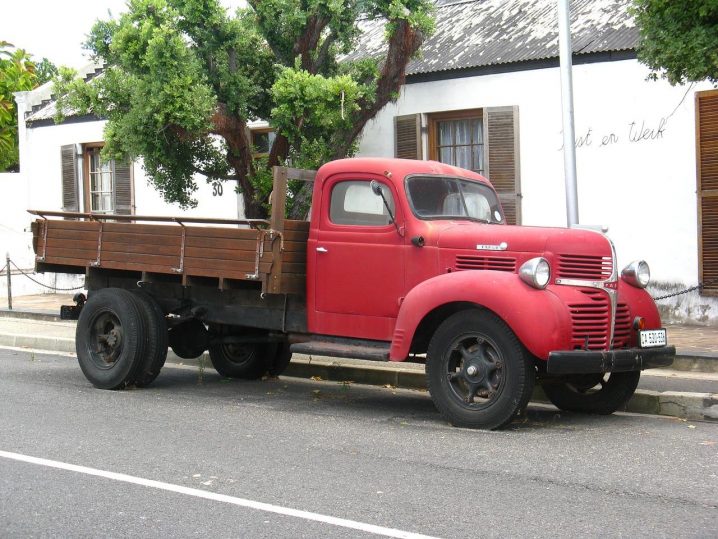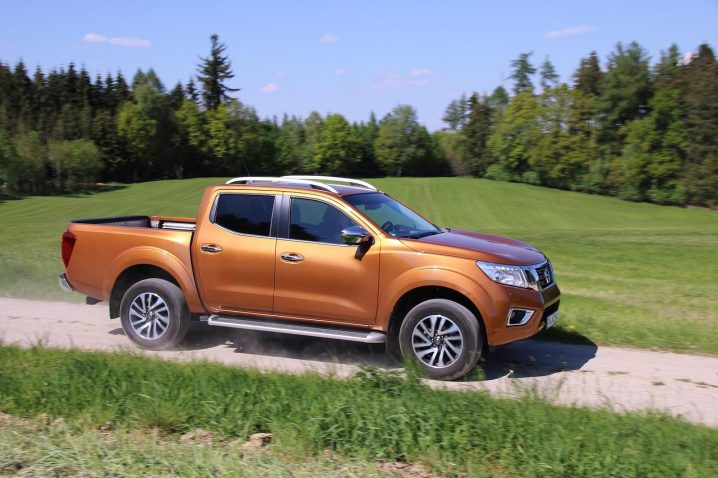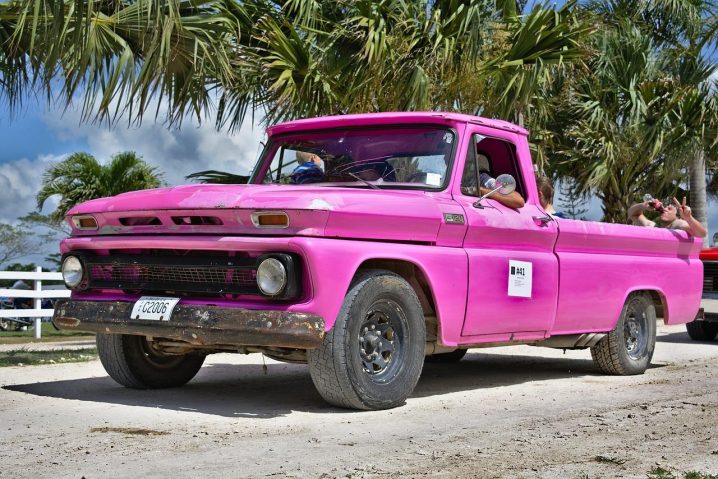 Pickup trucks are some of the most versatile, most reliable, most practical vehicles anyone could ever own. Do you run a farm? You can transport your produce to the local market. Are you a high school teacher? Pack up all the sports equipment and festival supplies into the back and roll out! Family camping trip? Moving to a new home? These sturdy big boys have got you covered in any life situation.
Pickup trucks are some of the most versatile, most reliable, most practical vehicles anyone could ever own. Do you run a farm? You can transport your produce to the local market. Are you a high school teacher? Pack up all the sports equipment and festival supplies into the back and roll out! Family camping trip? Moving to a new home? These sturdy big boys have got you covered in any life situation.
The only trouble is, they tend to be just a little bit too highly priced for an average high school teacher’s or farmer’s budget. For this reason, many people will opt to turn to a used vehicles dealership, in an effort to get a decent truck at a decent price. Start by searching in your local area, google for key phrases like “Seattle Chevy Silverado dealership” or “used affordable RAM pickup Austin”.
Once you actually fond a dealership with a good offer of trucks, you will need to check the vehicles themselves – and this is where you need to be clever. Why? Because the salespeople are pretty sneaky, and not always in a good way! For example, if a vehicle is for sale, but they keep it parked over a puddle, chances are they are trying to prevent people from looking at the underside. When you go checking out your potential new pickup, make sure to keep an eye out for these ten things.
1. Check all the switches. Seriously, take the time and test out the switches for raising and lowering windows, for locking the door, for the air vents, the air conditioning, the heater, the lights inside and outside the car, the windshield wipers, and every single thing. If it has an associated switch, flip it and see how it reacts.
2. Raise all the mats and look for rust. Some light rusting can appear even on new vehicles, but if it’s very noticeable, or downright severe, say thanks and move on. Also look for rusting in the trunk, open it up and inspect it. While you are there, take a look at the wiring in the rear. It may have been cut and taped for trailer wiring. Learn more about possible problems with that at this web page.

3. Run your hand along the roof. If there are any raised places on it, that means that there is rust underneath, and means trouble and replacement costs in the long run.
4. Open everything that can be opened and see if fits snugly, if the joints are properly put together and rotate without a hitch. Run your palm along the bottom of every single door and see if the edge feels hard and serrated – a sure sign of corrosion. Check out this article for some tips on dealing with rust on your vehicle: https://www.popularmechanics.com/cars/how-to/a3084/how-to-fight-rust-and-win-14930616/
5. Go along the vehicle body and check all the panels, rear to nose. If they seem uneven or wavy to your eye or touch, bring a little magnet close to them. If it is not attracted, there was a likely a shoddy body repair done using plastic.
6. Would you feel safe driving a truck that has been involved in a collision? Look carefully for the layers of overspray that may be trying to hide that history. You will typically find them around fender wells, between the bed and cab, and where the fenders meet the hood. Along with structural safety, there may be legal aspects to consider, so check thoroughly to see if the used vehicle was in an accident.
7. Be careful with the mileage information! Unfortunately, some vendors are still inclined to lie and tamer with the odometer. Take a close look at the brake pedal. Are the corners worn away? Is there a whole lot of pits on the windshield? How worn are the upholstery and the armrests? If one or more of these are showing significant traces of use, chances are high that there are a lot more miles on the truck than the seller is letting on.

8. Check out all the tires. See how worn they are, and how close they might be to “going bald”. Pay close attention to the tires’ insides; check for signs of grease and brake fluid leakage. Look for signs of tread wear. Click here to learn more about the types of tread wear, their causes and meanings.
9. Check the leaf springs for corrosion or any other kind of weakness. Take a good look at the bolts. Are there any traces of rust? Be sure to also test the springs for reaction under load. Hopping up and down in the bed of the truck may look silly, but it gets this job done. This link has some useful information about when a leaf spring needs to be replaced: https://www.etrailer.com/question-141064.html
10. Thoroughly inspect the whole frame of the truck to see if it is bent, damaged, or distorted in any way. Check the rails for dents, rust, or suspicious fresh undercoating. If the truck was ever used off the road, hauled heavy loads, or plowed through snow, be extra careful.
Make sure you do your inspection in broad daylight, because even well-placed artificial lighting will get in the way of a clear view, simply because it is not as permeating as sunlight. Open lots are the best. Look extra hard if you have to browse for a truck in a closed space. Also make sure that you are on level ground, so that you can properly check the fluids.
Remember, a good merchant who is confident in the quality of their wares will have nothing to hide. In fact, they would be glad that they encountered a smart customer who knows their four-wheeler essentials. If your dealer is protesting and trying to prevent or distract you from properly checking up on the vehicle, the smartest thing to do would be to skip them altogether.



